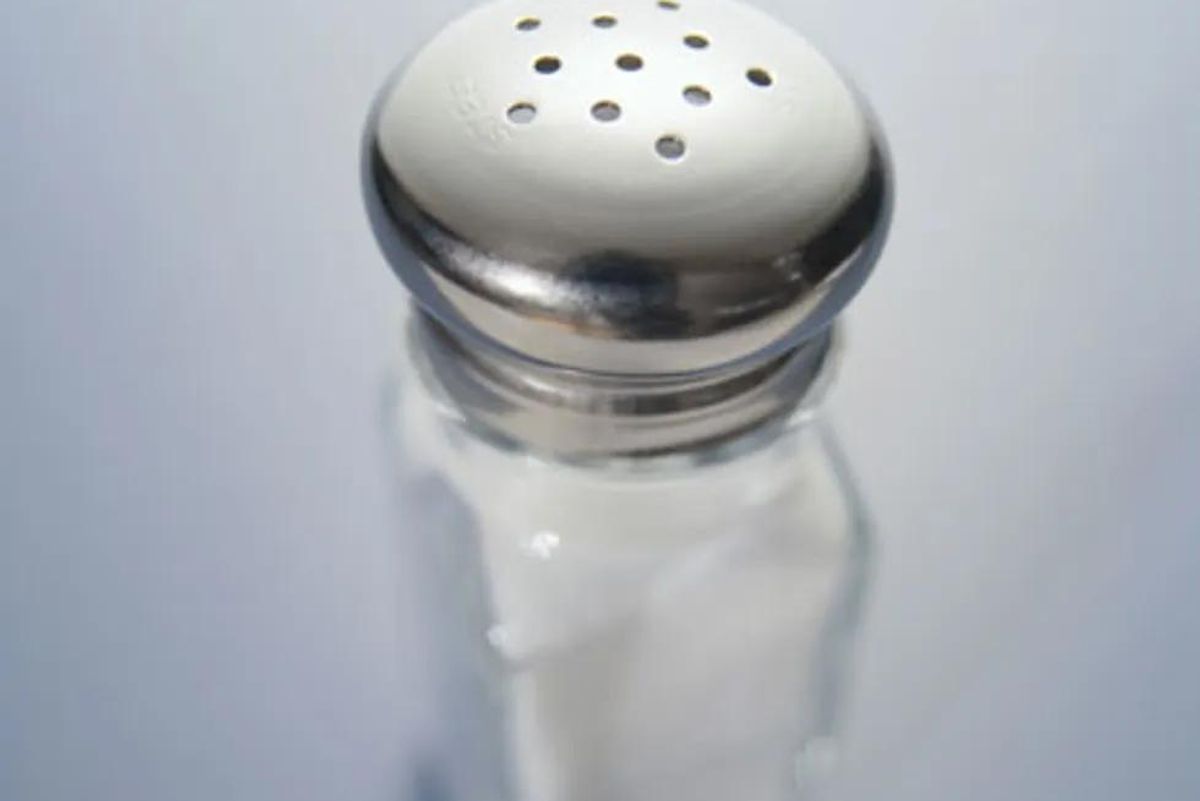In a recent study by the New England Journal of Medicine, scientists found that if everyone reduced their salt intake by a half a teaspoon per day, there would be between 54,000 and 99,000 fewer heart attacks each year and between 44,000 and 92,000 fewer deaths. Wow, that's pretty startling. Makes you rethink that extra shake at dinner, huh?
A whopping 75 percent or more of our daily sodium comes from processed foods (canned, packaged or frozen items, deli meats, prepared take-home dishes) and meals eaten at restaurants—whether grabbed at the fast food drive-through or enjoyed at a sit-down establishment. Eating fresh whole foods and cooking more at home is definitely the way to go.
Love salt, but want to stay heart healthy? Try these simple tips:
1. Go gradual. Your taste buds become more sensitive to salt as you lower you intake, so if you reduce your intake little by little, it will be less noticeable.
2. Curb condiments. Ketchup, mustard, relish, tartar sauce and similar add-ons increase flavor because they're often loaded with salt. Soy sauce has 1,840 mg to 2,520 mg of sodium in two tablespoons. Use smaller amounts of condiments, choose lower sodium versions or use sliced fresh tomatoes, pepper and herbs instead.
3. Put away the salt shaker. Each shake equals about 40 mg of sodium. Put flavorful herbs and spices in the shaker instead.
4. Cut down. If you can't eliminate the salt, cut it way down. For recipes that you think must have a little salt, try using half or one-quarter of the amount stated. Or try sea salt, a little bit goes a longer way.
5. Rinse to reduce. Buy fresh vegetables when available. Frozen is second best, then canned. Many canned vegetables are high in sodium. Look for those labeled "sodium free" or "no salt added." If they are salted, rinse them well before eating.
Get more tips on shaking that salt habit by clicking here.






